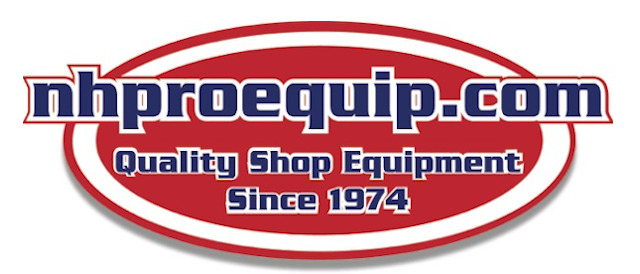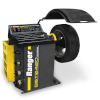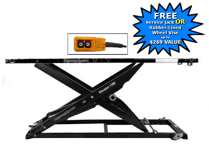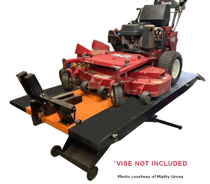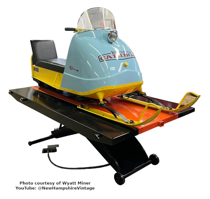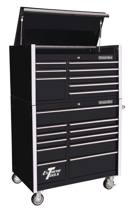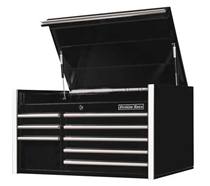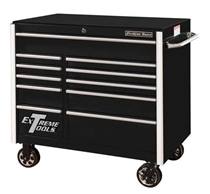Reposted from eastwood.com
Although many metals are TIG welded, the metal most frequently associated with the TIG-welding process is aluminum, especially with metals of a smaller thickness. Any other processes, of course, can join aluminum, but in the lighter gauges, the most acceptable process is TIG. The popularity of aluminum in automotive applications has brought TIG welding to a new golden age. Mechanically strong and visually appealing, TIG Welding is the #1 process chosen by professional welders for professional racing teams, auto enthusiast, and hobbyists.
That Confusing Thing About Aluminum The process is well-suited for aluminum, but there are a few character issues of the metal that bring up points that must be considered if this material is to be welded with consistent ease and quality. The pure metal has a melting point less than 1200°F and does not exhibit the color changes before melting so characteristic of most metals. For this reason, aluminum does not tell you when it is hot or ready to melt. The oxide or “skin” that forms so rapidly on its surface has a melting point almost three times as high (3200°+F). To add to this confusion, aluminum even boils at a lower temperature (2880°F) than this oxide melts. The oxide is also heavier than aluminum and, when melted, tends to sink or be trapped in the molten aluminum. For these reasons, it is easy to see why as much as possible of this oxide “skin” must be removed before welding. Luckily, the reverse polarity half of the AC arc does an outstanding job of clearing off quantities of this oxide ahead of the weld! That Aluminum is Hot! Aluminum is an excellent conductor of heat. It requires a large amount of heat when welding is begun, since much heat is lost in heating the surrounding base metal. After welding has progressed a while, much of this heat has moved ahead of the arc and pre-heated the base metal to a temperature requiring less welding current than the original cold plate. If the weld is continued farther on to the end of the two plates where there is nowhere for this pre-heat to go, it can pile up to such a degree as to make welding difficult unless the current is decreased. This explains why a foot or hand Amptrol™ (current control) is recommended with your Square Wave TIG 175 or Square Wave TIG 275 – it enables you to easily change the current while simultaneously welding. Some aluminum alloys exhibit “hot short” tendencies and are crack-sensitive. This means that at the range of temperatures where the liquid alloy is slushy (part solid and part liquid) or just turned solid, it has not quite enough tensile strength to resist the shrinkage stresses that are occurring from cooling and transformation. The proper choice of filler metal and welding procedures, along with smaller beads, can help eliminate many problems of this kind. Some experts recommend backstepping the first inch or so of each aluminum weld before finishing in the normal direction. Filling the Gap The metal produced in the weld pool is a combination of metals that must have the strength, ductility, freedom from cracking, and the corrosion resistance required by the application. Correct choice of filler alloys minimizes the presence of intermetallic compounds and brittleness in aluminum fusion welds. See table below for recommended filler metals for various aluminum alloys. Maximum rate of deposition is obtained with filler wire or rod of the largest practical diameter while welding at the maximum practical welding current. The wire diameter best suited for a specific application depends upon the current that can be used to make the weld. In turn, the current is governed by the available power supply, joint design, alloy type and thickness, and the welding position.